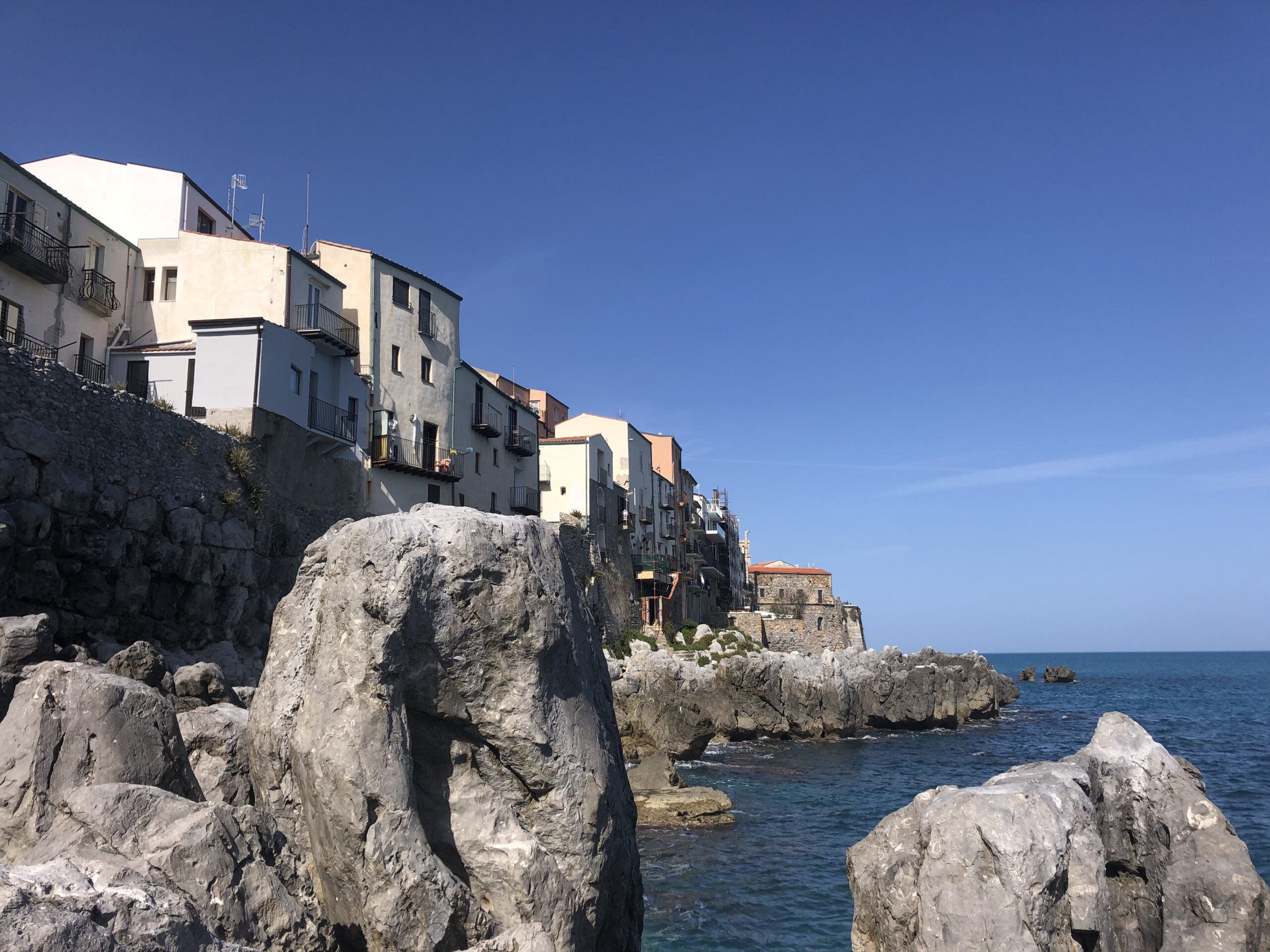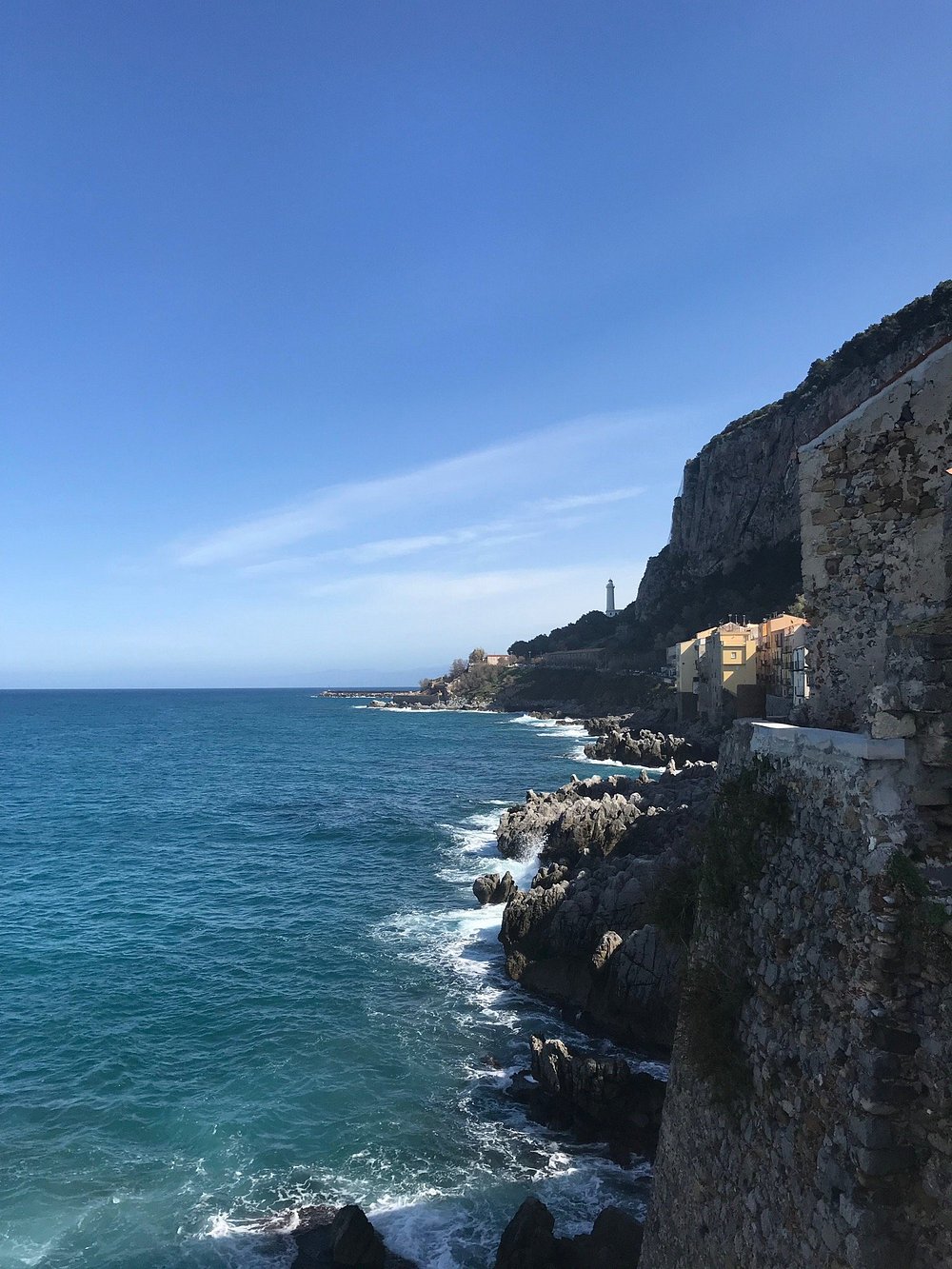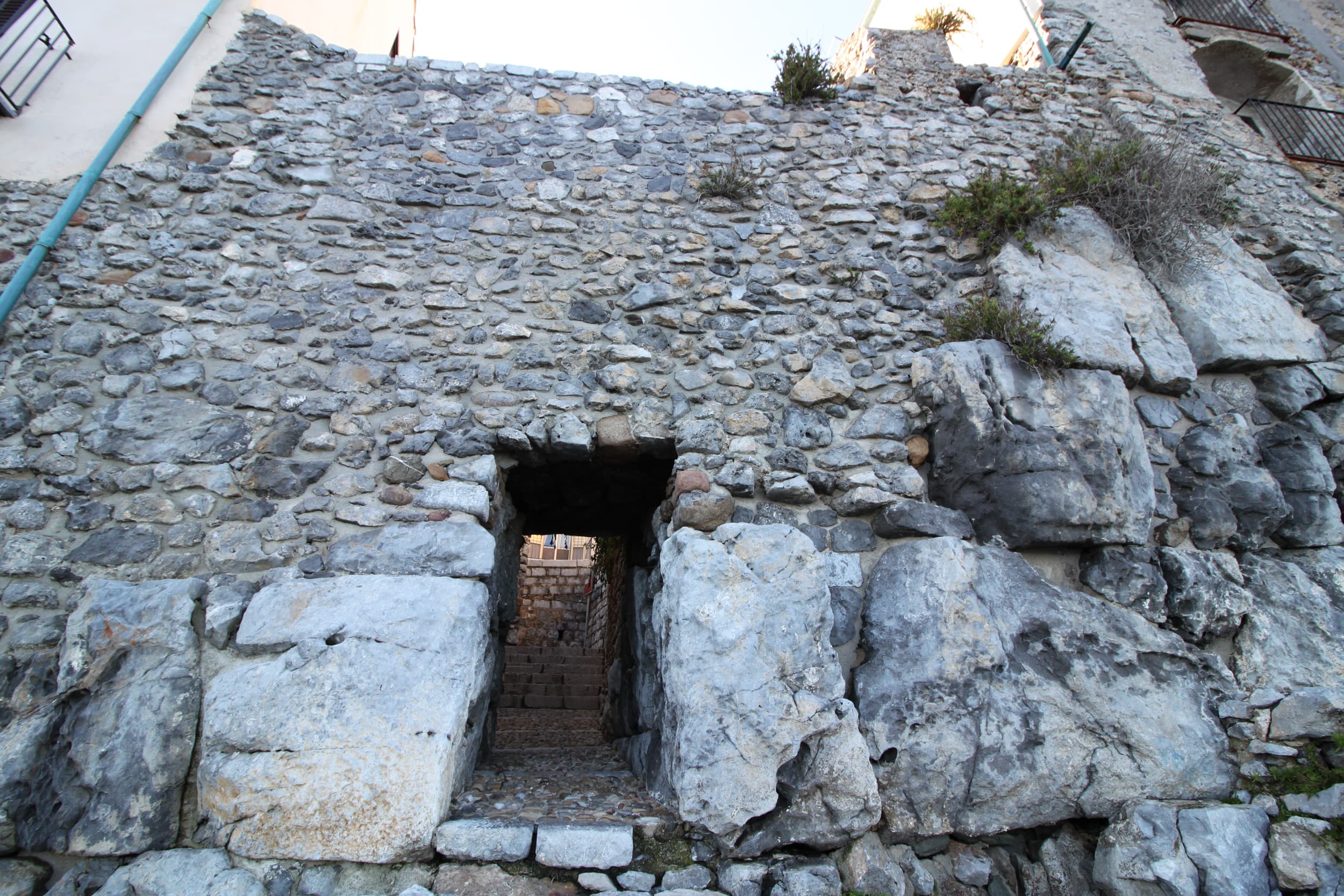Megalithic Walls
Step back in time and be captivated by the grand megalithic walls that reflect Cefalù’s rich history. These massive stone walls, built between the 4th and 5th centuries BC, are a testament to the town’s ancient strength and architectural skill. Explore Porta Marina, the last remaining city gate, and follow the walls past remnants of old gates that once protected this historic coastal town. Here, history and romance come together in perfect harmony – ideal for a memorable walk.






